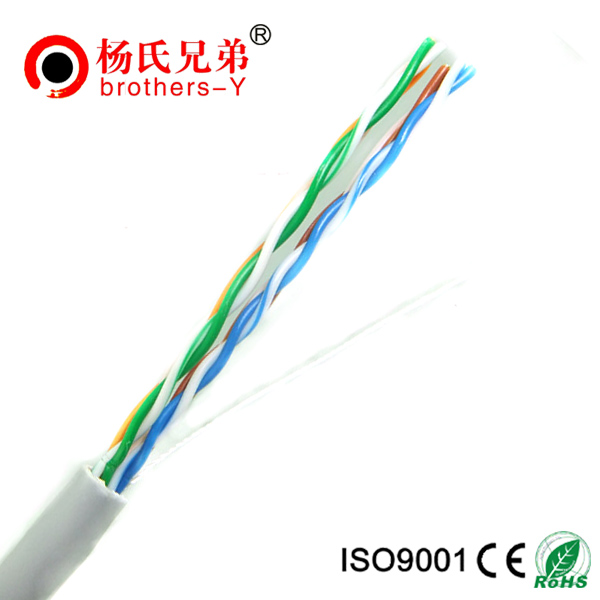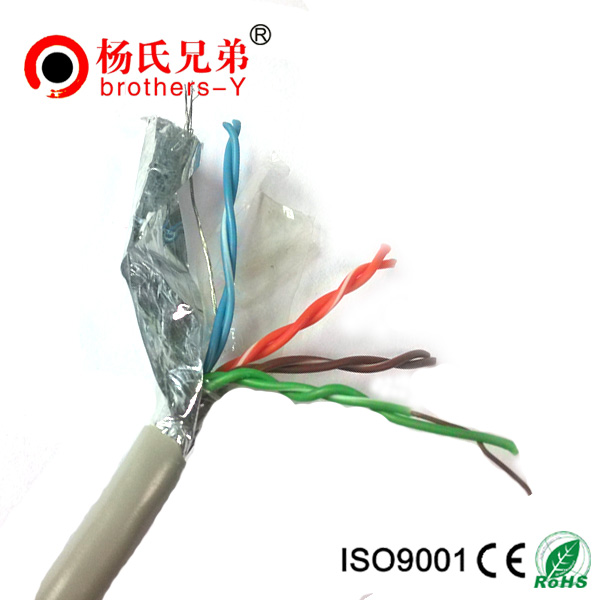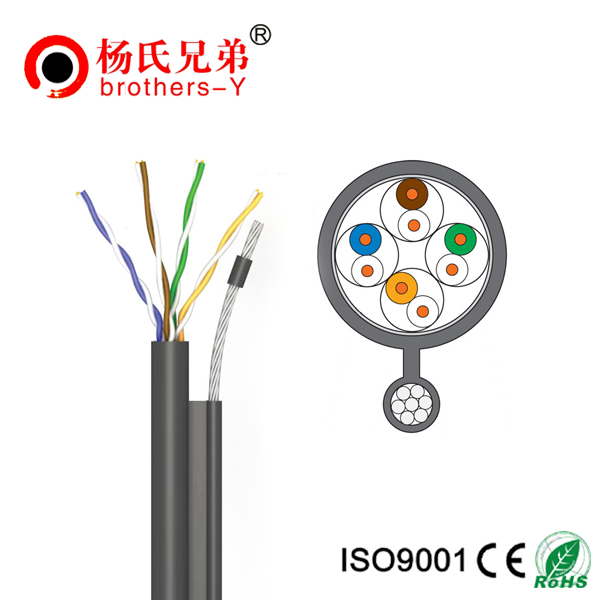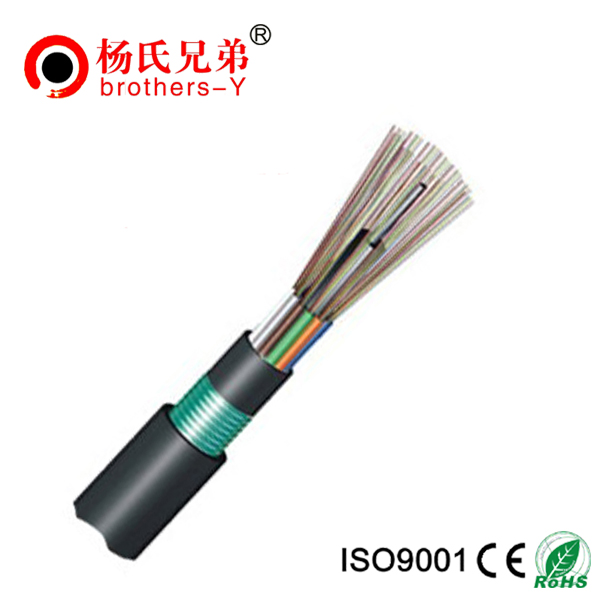How to install additional phone lines?
How to install additional phone lines?
Today we are mainly talking about installing additional phone lines, which is one of the most common phone wiring tasks in this age of modems and fax machines. What's described here are the color coding conventions for phone wiring, and how to make the connections. It's assumed that you know how to use a screwdriver and a drill.
It's also assumed that you have at least a rudimentary understanding of electrical safety. Phone wires carry low-voltage electricity, but you probably already know better than to do your wiring barefoot on a wet floor, for example. If you're touching the wires when the phone rings, you can get a substantial jolt; enough current goes thru to ring the old-type mechanical ringing devices consisting of a heavy clapper and some rather large bells, even though most modern phones no longer require so much current. Best policy is to disconnect your house at the Network Interface Device (see below) before working on wiring. Even a small shock can interfere with a pacemaker, according to one person who wrote to me. Also, for everybody, it's a bad idea to work on your phone wiring during thunderstorms.
In most residential phone wiring, the cable contains four individual wires. Most phone wire installed in the U.S. during the second half of the 20th century is of the following kind:

The kind of wire shown above has recently become obsolete. For all new telephone wiring projects, you should use Cat 5 cable. All of the Cat 5 wire I've seen uses the following color coding:

More info, pls contact:sales3@brothers-ycable.net
![]()
Information about
- Key Elements for Cable Installation Success
- More details & technology between network cable
- Difference between CAT 5e patch cable and CAT 5e. crossover cable
- RJ45 Colors and Wiring Guide Diagram TIA/EIA 568A/568B
- Twisted-Pair Cable
- What Is The Difference Between Cat 5, Cat 5e, and Cat 6 Cable
- CAT 6A shielded systems are becoming the ideal choice for ... 10GBASE-T over copper cabling.
- Analysis of the North American Wire and Cable Materials Market
New Products
Top articles
- Are there any advantages to using Cat 6 cable for computer networking?
- Are there any problems with using patch cables that are less than a foot long? If so, what are they?
- Letter of Invitation for CTICC
- What are some common uses for Cat5e ethernet cable?
- 10 Gigabit Ethernet interconnect solutions: Investigate carefully before choosing
- Mixing CAT 6A shielded cable with CAT 6 UTP or CAT 5e UTP cables isn’t an issue.
- What cable do I use to connect a PC to a DSL or Cable modem?
- Analysis of the Underground Transmission and Distribution Cables Market
- Is there any benefit to using CAT 5e solid conductor cable?
- Mixing CAT 6A shielded cable with CAT 6 UTP or CAT 5e UTP cables isn’t an issue
Latest articles
- 2014 CeBIT Australia
- 2014 CeBIT Germany
- 2014 International CES
- Vietnam Telecomp 2013
- ROHS Certificate For Lan Cable
- CE Certificate For Power Cable
- ROHS Certificate For Power Cable
- UL Certificate For Communication Cable
- Are there any advantages to using Cat 6 cable for computer networking?
- Are there any problems with using patch cables that are less than a foot long? If so, what are they?














